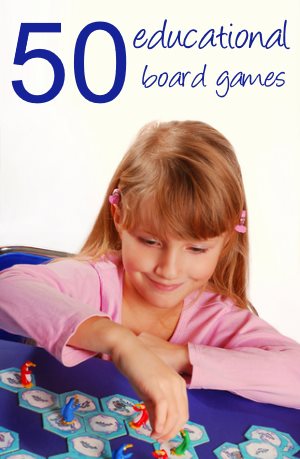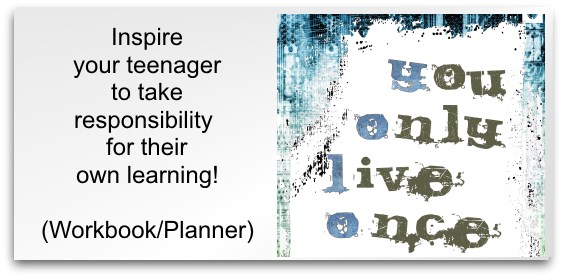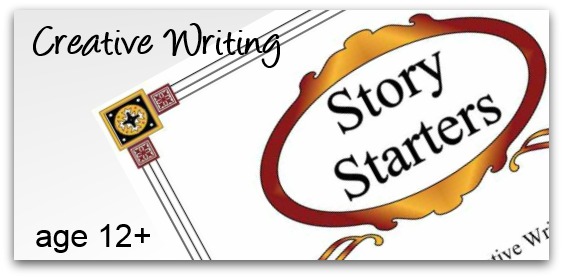Making Flip Books with Children
Flip book animations can be fun and educational for kids. Here is some help on how to make one, including printable pdfs and software. I even throw in a little homeschooling science and tell you why it works!
A flipbook is a book with a series of pictures that vary gradually from one page to the next, so that when the pages are turned quickly (by fliping the pages), the pictures seem to move.
We have had fun recently making different types of these books. And I have found a whole host of resources that I wanted to share.
The books can be educational themselves, in showing children how to make a simple animation. Or you can use them to demonstrate other facts, such as life cycles or the phases of the moon.
There are lots of ways to make this fun type of animation.
Printable Flip Books
The easiest way to get started with kids is to print out a pdf book. This will have all the pictures ready drawn for you - each picture having a slight difference from the last.
Print on thicker paper (or card) to get the best 'flip'. Index cards or blank business cards work well. If your book is small then you can simply staple the pages together to make a binding. Otherwise, glue works well - or try just fastening the pages tightly together with an elastic band.
Another way to use printed pictures is to stick each one onto the corner of pages in a notebook.
Here are some links to printable animations :
Draw Your Own
If you can't find the type of printable book you want, then the next best thing is to get the children to draw their own. You need to explain that each picture needs to be slightly different than the last one to make the picture 'move' when it is flipped. Lots of pages showing with very small differences will cause a slow movement - and a few pages showing large differences will cause a fast movement.
A ready made notebook is perfect for this type of flipbook - or use a pad of post-it notes. They flick well and the glue will hold your pages together.
Flip Book Software
Another clever way of making a flip book is to use software that lets you print off the images from a video clip.
How does it work?
Flip books work because of an optical illusion caused by something called persistence of vision.
Because the images you are looking at are moving fast, your eye isn't able to keep up. So instead of seeing separate individual pictures, your eyes only see one that looks as if it is moving.

More on animations?
Here is a step by step guide to making animations with children.
Try making a Time Lapse Video.
Time Lapse videos are another fun way to do animations. Find out all about time lapse photography and how to get started.
Homeschooling-Ideas › Homeschooling Ideas › Making Flip-Books with Children
Lovely messages sent from visitors like you:
Oh my goodness! I am a home schooling mum of 4 and I have NEVER found a better site! Thank you so much.
Blessings, Jenny (New Zealand)
I wanted to say THANK YOU for your fabulous website. I found your website, and finally I have the confidence to take the plunge and take my daughter out of school and educate her at home, thank you, thank you.
Marina (UK)
I cannot get over how much great information and super ideas you have here. Fantastic!
Ruralmama (USA)
This is simply fabulous!! I just now found this site and I'm so excited!! The opportunities and suggestions as well as the need to inspire are exactly what I have been searching to fulfill!! I'm so thrilled to get started and even more excited to continue to explore all of the fabulous suggestions and creative ideas you have offered here!!! Thank you, thank you, thank you!
Jennifer (USA)











